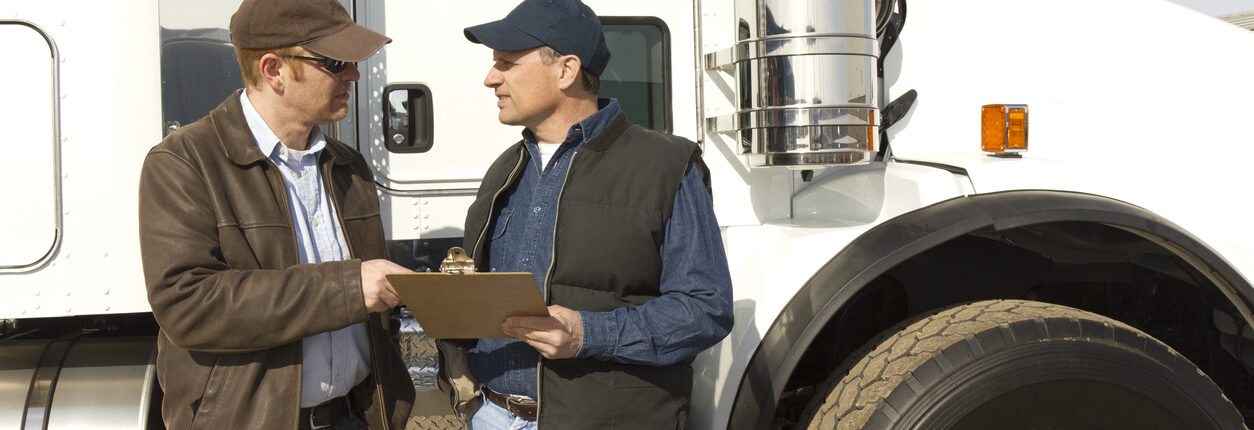
As a truck driver, it is essential to be familiar with Department of Transportation (DOT) inspections and understand their significance. DOT inspections are conducted to ensure the safety and compliance of commercial vehicles on the road. This blog post will provide truck drivers with an overview of DOT inspections, their purpose and critical information to help you confidently navigate these inspections.
What are DOT Inspections?
Authorized inspectors conduct DOT inspections to assess the safety and compliance of commercial motor vehicles (CMVs). These inspections help ensure that trucks and drivers meet the required standards and regulations set by the DOT and other governing bodies.
Types of DOT Inspections:
There are several types of DOT inspections that truck drivers should be aware of:
- Level I Inspection: This is the most comprehensive inspection, covering both the driver and the vehicle. It thoroughly examines the driver’s documents, vehicle components and safety features.
- Level II Inspection: This inspection focuses on driver-related items such as license, medical certificates, logbooks and other documentation.
- Level III Inspection: This inspection mainly examines driver credentials and documentation, including hours of service (HOS) records, driver’s license and medical certificates.
- Level IV Inspection: Also known as a Special Inspection, this is a one-time examination of a specific item or aspect of the vehicle or driver.
- Level V Inspection: This inspection is conducted on a vehicle’s cargo and its securement. It ensures that the cargo is properly loaded, secured and does not pose a safety hazard.
- fLevel VI Inspection: This inspection is specific to hazardous materials (HAZMAT) and focuses on the proper handling, storage, and documentation of hazardous materials being transported.
Preparation for DOT Inspections:
To ensure a successful DOT inspection, truck drivers should take the following steps:
a. Complete Pre-Trip Inspections: Conduct thorough pre-trip inspections of your vehicle, checking all safety features, brakes, lights, tires, and other components. Address any issues promptly.
b. Keep Documentation in Order: Maintain accurate and up-to-date records, including driver’s license, medical certificates, logbooks, vehicle registration, insurance and any other required documentation.
c. Adhere to Hours of Service (HOS) Regulations: Ensure compliance with HOS regulations, accurately record your driving hours and adhere to mandated rest periods.
d. Maintain Vehicle Cleanliness: Keep your truck clean and organized, ensuring that cargo is properly secured and poses no safety risks.
During the Inspection:
During a DOT inspection, remaining calm, cooperative and respectful is crucial. Follow these guidelines:
a. Provide Required Documentation: Present all necessary documents requested by the inspector, including your driver’s license, medical certificates, logbooks and vehicle registration.
b. Answer Questions Honestly: Be transparent and provide accurate information when asked about your driving habits, cargo or any other relevant details.
c. Cooperate with Inspectors: Follow the inspector’s instructions, allowing them to conduct their inspection efficiently and without obstruction.
After the Inspection:
Once the inspection is completed, the inspector will provide a report detailing any violations or concerns. If violations are found, take immediate action to address and resolve them. Keep a record of the inspection report and any corrective measures taken.
Understanding DOT inspections is crucial for truck drivers to ensure safety, compliance, and the smooth operation of commercial vehicles. By familiarizing yourself with the types of inspections, preparing diligently, maintaining accurate documentation, and cooperating with inspectors, you can confidently navigate DOT inspections. Remember, DOT inspections are designed to keep our roads safe, and by adhering to regulations, you play a vital role in ensuring the well-being of yourself and others on the road.








